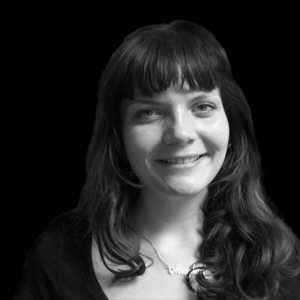Callaghan: SA members must reach out past Carrier Dome for full ESF representation in assembly
As Student Association elections continue this week, campaigning has made it over to the Stumpie Quad. To the surprise of some SUNY-ESF students, not only can they cast votes in the election, but ESF students can also become SA members.
It’s a disconnect from both sides. State University of New York College of Environmental Science and Forestry students need to be involved and have their voices heard in SA, but SA members have to reach out to Stumpies to let them know they are part of the parcel.
SA designates six seats for ESF students, and only two spots are filled. One of these members also serves on the SA cabinet and is, to date, the longest-serving cabinet member in SA.
With that, ESF involvement should be increased. SA is the “official student governing body of Syracuse University and SUNY ESF undergraduate students,” but it’s severely lacking ESF representation. In all reality, this lack of representation is from a lack of knowledge, and not a lack of interest.
There is a large group of ESF students who participate in clubs and organizations at SU, joining everything from the SU Outing Club to the SU chapter of the United States Green Building Council. In addition, ESF students study at SU — whether they are required by course curriculum or take classes that interest them.
SU and ESF are extremely interconnected, yet this lack of representation clearly shows that SA participation is unknown. While SA members are beginning to think about their Stumpie neighbors across the street, an expanded effort of communication could do ESF good.
Allie Curtis, current SA vice president, commented on this gap via email. She noted though our institutions are separate entities, we need to focus on similarities and involvement.
“We have a slight increase in ESF representation, but not enough. The tagline is not just for ESF involvement in organizations at SU, but involvement in policy making decisions and campus initiatives that affect us all,” Curtis said.
At ESF, our connection with SU requires we have a voice in SA affairs. Through ESF’s Undergraduate Student Association, greatly similar to SA, students work on ESF’s small campus, but when moving over to our larger neighbor, only two members represent ESF.
USA has an ESF/SU liaison, but three people representing a whole college make up a startlingly small amount when four more positions hang empty. Jenn Bacolores, SA’s chair of the Board of Elections and Membership, said the disconnected relationship between ESF and SU is unfortunate. “My hope by the end of my term was to connect with the ESF student body through USA,” Bacolores said.
What it comes down to is this current representation is not enough. The attempts to communicate between the student bodies are not enough. Caleb Marsh, environmental studies major at ESF and SA assembly representative, said this lack of knowledge and communication is the heart of the problem.
“There is a palpable disconnect. By the time I graduate next spring, my goal is to get two more ESF students in SA. There needs to be a direct effect on ESF campus,” he said.
Marsh, as an ESF representative, refused to give any SA presidential candidate an endorsement. No candidate represented the interests of ESF to the degree necessary to receive an endorsement, Marsh said.
Starting next semester, Marsh plans to begin tabling on the ESF campus to increase Stumpie awareness and involvement. Visibility is a start, but not all that can be done.
To increase involvement, SA can reach out to the numerous organizations on the ESF campus, including forging a stronger tie with USA. Students can be made aware through these organizations, as well as through social media and other forms of mass communication.
If SA can communicate with SU, why not walk to the other side of the Carrier Dome and work with students they already represent?
Meg Callaghan is a junior environmental studies major and writing minor at the State University of New York College of Environmental Science and Forestry. Her column appears weekly. She can be reached at mlcallag@syr.edu.
Published on November 14, 2012 at 1:44 am






